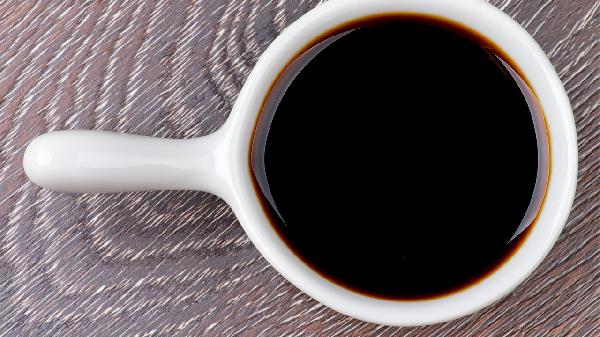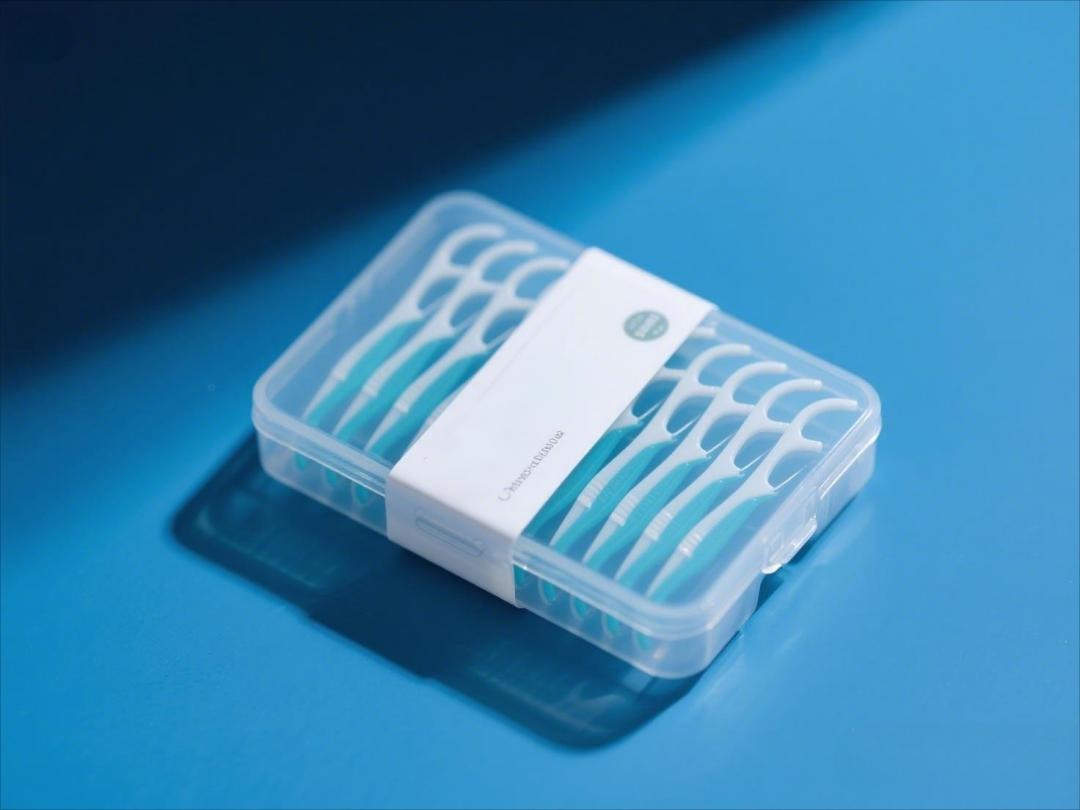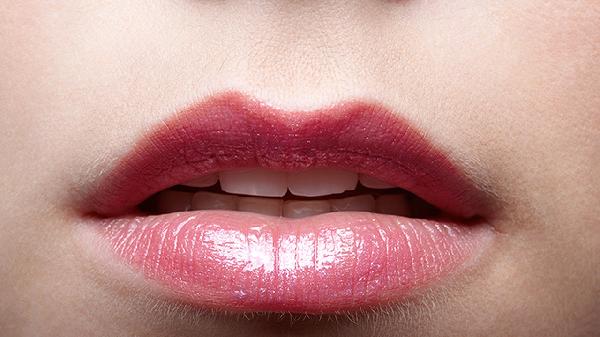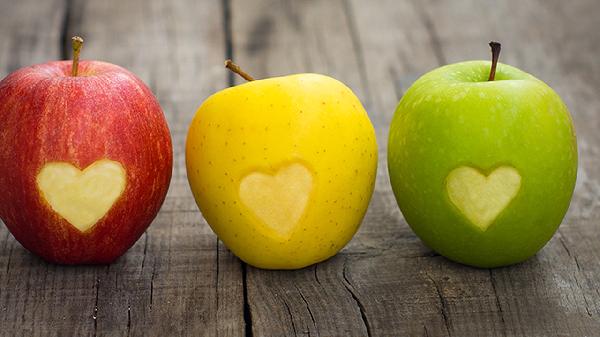Someone joked that whether your teeth are white or not determines whether you can become a "smile harvester." However, the reality is that there are many reasons why teeth turn yellow, and pigmented foods in the diet are a factor that cannot be ignored. If you want to keep your teeth bright and white, in addition to daily brushing, you also need to pay extra attention to your diet. Today, let’s talk about which foods are likely to "stain" your teeth and how to protect their whiteness through dietary adjustments.

1. Coffee and Tea
Coffee and tea are daily essentials for many people, but they are also one of the main culprits of teeth yellowing. The tannic acid in coffee and tea adheres to the surface of the teeth, and long-term consumption can lead to yellowing. If you can’t do without coffee or tea, try using a straw to reduce direct contact with your teeth.
2. Red Wine
Although red wine is beneficial for health, it’s also quite harmful to your teeth. The pigments and acidic substances in red wine erode the enamel on the tooth surface, causing discoloration. After drinking red wine, it’s recommended to rinse your mouth promptly to avoid pigment residue.
3. Dark Sauces
Soy sauce, ketchup, curry, and other dark sauces not only make food delicious but also "stain" your teeth. The pigments in these sauces easily adhere to teeth, and long-term consumption can lead to yellowing. After eating such foods, remember to brush or rinse your mouth promptly.
4. Carbonated Drinks
The acidic substances in carbonated drinks erode the enamel on the tooth surface, making teeth more prone to pigment absorption. Moreover, many carbonated drinks contain high amounts of sugar, further increasing the risk of teeth yellowing. Try to drink less carbonated beverages or use a straw to reduce direct damage to your teeth.
5. Berries
Blueberries, blackberries, cherries, and other berries are rich in antioxidants, but their dark pigments can also discolor teeth. After eating these fruits, remember to rinse your mouth promptly to avoid pigment residue.
6. Sweets
Candies, chocolates, and other sweets not only cause cavities but also turn teeth yellow. The sugar in sweets is broken down by bacteria in the mouth, producing acidic substances that erode tooth enamel, making teeth more prone to pigment absorption. Reducing sweet intake is highly beneficial for dental health.
7. Smoking
Although not a food, smoking is also a major cause of teeth yellowing. Nicotine and tar in tobacco adhere to the tooth surface, forming stubborn yellow stains. Quitting smoking not only benefits your teeth but also improves overall health.
8. How to Protect Teeth Through Diet
In addition to avoiding the above foods, you can also make some dietary adjustments to protect the whiteness of your teeth. For example, eating more fiber-rich vegetables and fruits, such as apples, carrots, and celery, can help clean the tooth surface. Additionally, drinking plenty of water can also rinse away pigment residue in the mouth, keeping teeth clean.
The whiteness of teeth is not just about aesthetics but also an important indicator of oral health. By adjusting your diet, reducing the intake of pigmented foods, and combining it with proper oral care habits, you can also have a set of bright white teeth and become a true "smile harvester."
























